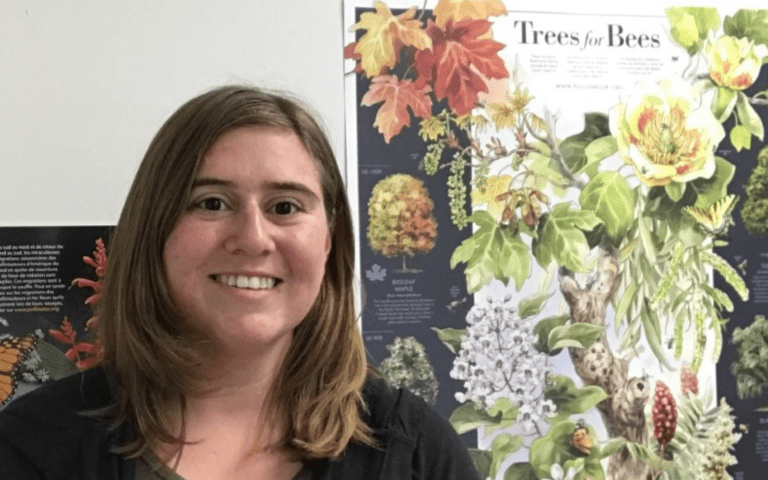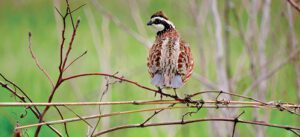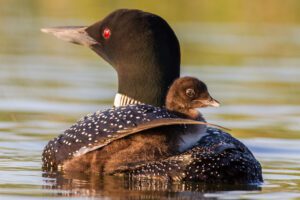(WE ARE SO SORRY, BUT THIS EVENT IS FULL AND WE CANNOT GET ANOTHER TOUR PUT TOGETHER BEFORE THE END OF THE SEASON) Have you been to Poplar Island recently to see the results of their renovation efforts? It has been four or five years since our last Academy for Lifelong Learning visit to Poplar Island, and we’ve been anxious to get back and see how the renovation efforts have progressed!
Mark your calendar for October 24 and plan to meet us out at the Tilghman Island Dock at 9am.
In 1847, Poplar Island boasted more than 1,100 acres and during the early 1900s, the island supported a thriving community of about 100 residents, several farms, a school, a church, a post office, and a sawmill. By the 1920s, residents began leaving the island as more and more of its landmass fell victim to erosion. The island’s remains were still used as a retreat in the 1930s and 1940s, and Presidents Franklin D. Roosevelt and Harry S. Truman were among its visitors. By the early 1990s, all that remained of the original island were several small clusters of islets rising just above the surface of the water. Reduced to about four acres, Poplar Island’s disappearance seemed imminent.
In 1994 an interagency team decided that restoring remote island habitat lost in the Chesapeake Bay was of great environmental value, and signed a Chesapeake Bay Ecosystem Management Agreement committing to the beneficial use of dredged material from the navigational channels leading to the Port of Baltimore to restore island habitat. The island restoration project re-establishes the approximate size of the island in 1847. The project has resulted in more than 400 different species of wildlife and has documented more than 30 different birds confirmed as nesting.
Our tour covers a variety of topics pertaining to Poplar Island including the island’s history, the beneficial use of dredged material for habitat restoration, salt-marsh habitat, and wildlife sightings.
Join Kristina Motley, Senior Environmental Specialist, to learn about this unique story of habitat victories. Registration price covers CF expenses plus a donation to the program.
What to Expect: Our trip to Poplar Island will leave from the Maryland Environmental Service Tilghman Island dock (turn left on Chicken Point Road right after crossing the bridge) at 9 am and will include of a 30-minute boat ride to the island, a 2-hour bus tour with stops at points of interest and our tour room (with bathroom facilities), and a 30-minute boat ride back.






